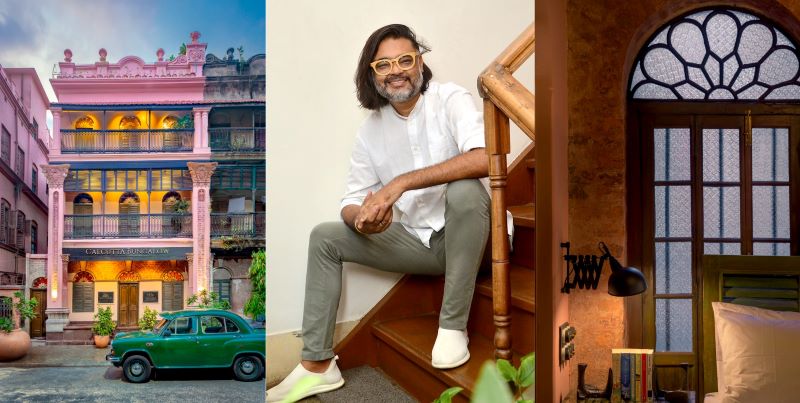 Swarup Dutta
Swarup Dutta There is a complete disregard for the heritage that we own in Kolkata: Swarup Dutta
In an exclusive interview with India Blooms correspondent Souvik Ghosh, Kolkata's well known multidisciplinary art and design practitioner Swarup Dutta, who is involved in restoring old non-heritage tagged houses in the crumbling metropolis hurtling towards mindless urbanisation, envisages ways to preserve the past much like how many European cities have done recognising the importance of the "old blocks".
"Calcuttans have never looked at Calcutta as a tourist city unlike Jaipur, Jodhpur or Udaipur. So there is a complete disregard for the heritage which we own," rues Swarup Dutta. The vibrant eastern Indian city is rapidly losing its authenticity to the tempting urbanisation, says the scenographer, who also calls himself an "accidental photographer". Excerpts of the conversation:
Q. Do you face any occasional compulsion while undertaking the restoration work?
A. Different spaces lend themselves to different kinds of activities. So the first thing is to see if the idea of the client is feasible. For example, it is not possible to create a hospitality project in a busy, noisy area because the travellers would want a calm, relaxing environment without much noise. So the space needs to be debated and the possibilities of it within the re-structural framework of the building available. So that's where the conversations start. We look at properties which lend themselves for certain kinds of projects.
 Calcutta Bungalow, one of the restoration works done by Dutta
Calcutta Bungalow, one of the restoration works done by Dutta
Q. Aesthetics is also a very important part of restoration, right?
A. Yes. First is the purpose for which we are looking for the space. We need to vet that out. After finalising that, we analyse whether the project looks structurally beautiful, its various possibilities etc.
Dutta is a NIFT Fashion Design graduate, and has acquired a distinction in his Masters degree in Fashion and Textiles from the Nottingham Trent University, United Kingdom.
Q. Restoring old buildings must be extremely tough as they are mostly unplanned originally.
A. Unplanned... People have built it over certain generations, so the visual language has changed from floor to floor. They are mostly built without proper plans. It is interesting. We need to look at it from the perspective of what the adaptive reuse will be and then work around.
Dutta is a NIFT Fashion Design graduate, and has acquired a distinction in his Masters degree in Fashion and Textiles from the Nottingham Trent University, United Kingdom.
Q. So how do you overcome these challenges?
A. The challenges are manifold. The resolve is to keep the old heritage intact and see how we can sort of look at and adaptively reuse the spaces. A lot of people say it's a process of gentrification, which is partially true but there are ways of non-gentrifying also. The right model of restoration needs to be explored.
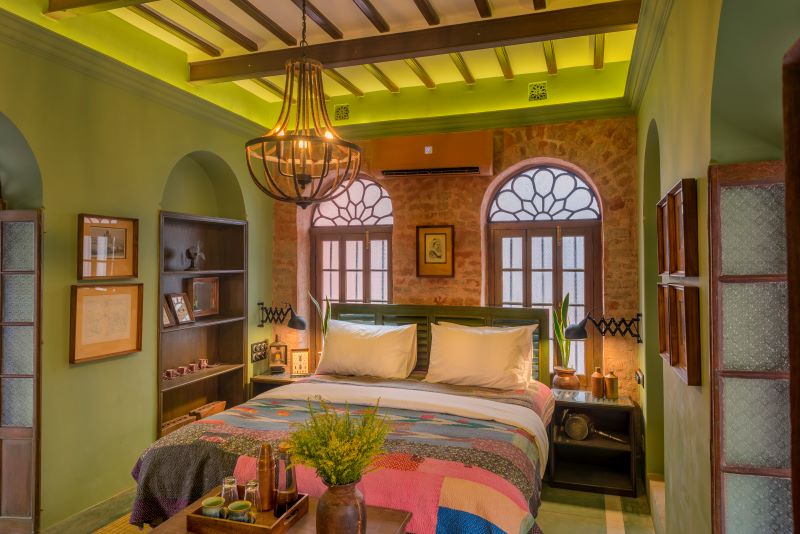 Interior of Calcutta Bungalow
Interior of Calcutta Bungalow
Q. What are the stages you go through during the restoration process?
A. Once all parties are on the same plane, then comes the operational, structural and architectural interventions which are many if there is an old house. If we are lucky, we get houses with no damage, otherwise we need to first structurally strengthen them and go ahead to think of cosmetic changes. The final step is to link it with the respective kind of business. The work process is unique to the projects.
As a young design strategist, he worked with Irish Linen Guild to explore the scope of expanding usage of linen in the Indian subcontinent
Q. How do you see the highrises in the city?
A. The building of new houses is no doubt profitable. But who would come to this city to see these new houses? The charm of the city lies in the old block. Every city, be it Singapore or Dubai, at some point had realised the importance of heritage and maintained the old blocks despite having the highrises.
In most cases, the damage couldn't be stopped facing the onslaught of development. But we can look upto Paris or London or a lot of European cities which could stop the damage at the right time. We should look at monetising but responsibly.
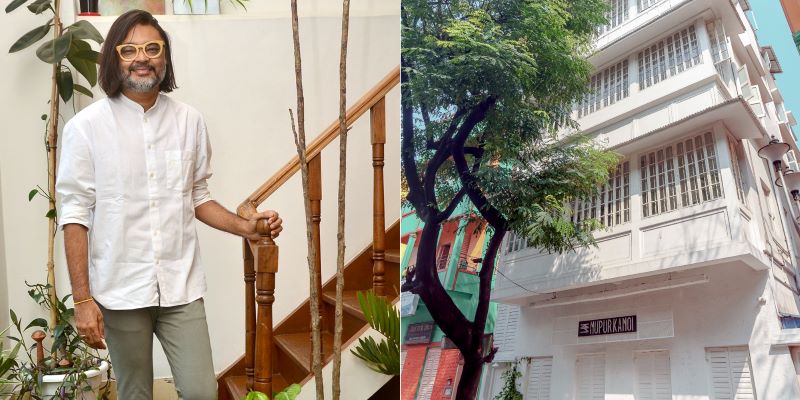 Swarup Dutta (L) and Exterior of Nupur Kanoi (R)
Swarup Dutta (L) and Exterior of Nupur Kanoi (R)
Q. Are you happy with the structural changes coming up in Kolkata?
A. The neighbourhoods have a certain sustainability of professions that come with it. Disruptions in the pattern of people's living also disrupts in terms of the associations or livelihood. Due to the older patterns of the housing, people like cobblers or menders used to have access to the residents easily. But that pattern gets disrupted with the emergence of highrises. So a lot of livelihoods are also linked with the neighbourhoods. A lot of sustainable livelihoods are giving way for fast moving, fast fashion, and consumer lifestyle.
Also it is not possible to stop any change in a city which keeps growing. Development is important but indiscriminate development is a problem. We are planning for the development. We are all going vertical without considering its impact.
Dutta is credited for Kolkata's first heritage bread and breakfast in the heart of north Kolkata, The Calcutta Bungalow
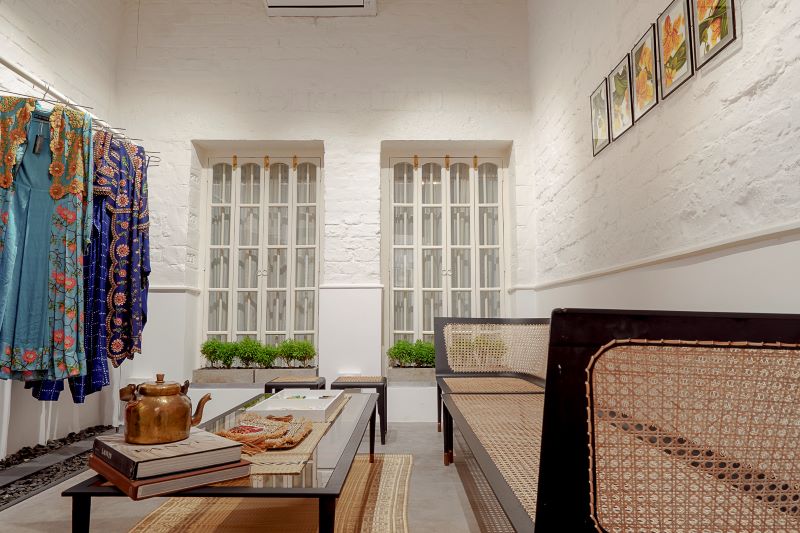 Nupur Kanoi whose interior designing was done by Dutta
Nupur Kanoi whose interior designing was done by Dutta
Q. How globalisation with social media as a catalyst has transformed your work related to fashion?
A. The fast dissemination of information is a double-sided sword. But one can use it to an advantage, good ideas can be absorbed much faster. I think people are visually learning fast, adapting styles much faster, meaning good ideas can also be incorporated much faster. The only flip side is sometimes, the stylistic adaptation is very notional because it's not just skin-deep. People don't dwell into the reasons and logic. I think that vetting is required instead of just being cosmetic.
Like in India, do we need such thick cloth like denims in such extreme heat? Wasn't dhoti a better option? We let go of good comfortable, cotton clothes for newer pieces of cloth which don't have a resonance to the environment. I feel that is a bit of an oxymoron. We need to value what we have and build upon it, much like how we preserved Durga Puja.
Q. As per your words, we preserved the authenticity of Durga Puja but not the fashion here. What reason do you think is behind such a split personality of people?
A. I would say the fashion scenario in India is definitely much more vibrant now than it was before. We slowly started in the 1980s. Of course there were some sort of fashion movements but they were limited to the upper quarter of the society and the only way for the mass dissemination was movies.
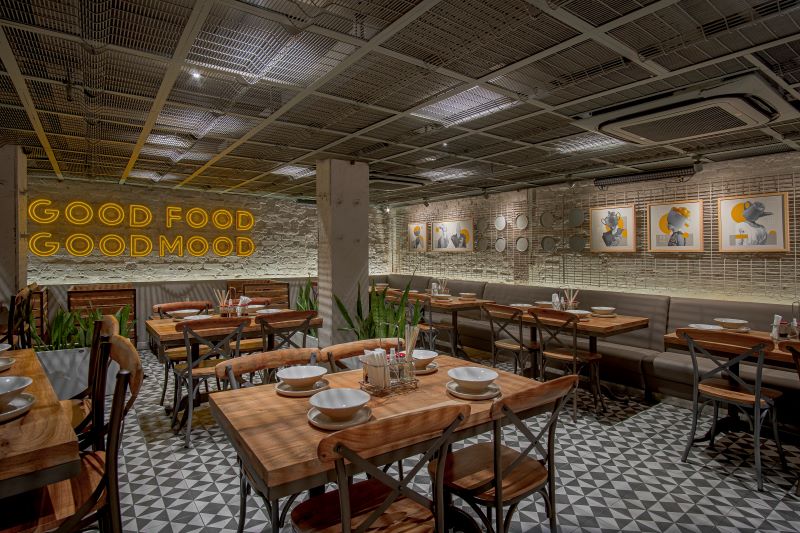 Interior designing of Octa was done by Dutta
Interior designing of Octa was done by Dutta
We have also been cognisant of the fact that we have diverse weather, different body types etc.. With Instagram, I feel now it's been a game changer. Now people can make a smaller ranger and reach out to the desirable kind of audience digitally across the globe. This was not possible earlier. This scenario is very empowering for the designers.
Dutta's upcoming works include restoration of a Zamindari House in Kolkata; restoration of an 80-year-old only surviving paddle boat in the whole of Asia; curating an exhibition on 'contemporary Indian voices in Jewellery design'
Q. How has social media or Instagram culture adversely affected fashion?
A. New things are coming fast and they are turning obsolete at an equal pace. It's a bit of a dichotomy because we are talking about a slow life in terms of the value system on one hand, but on the other hand, we have so many influencers. The ageing of a product is very fast and it is difficult for one to keep up to it. I think that is a bit of a problem.
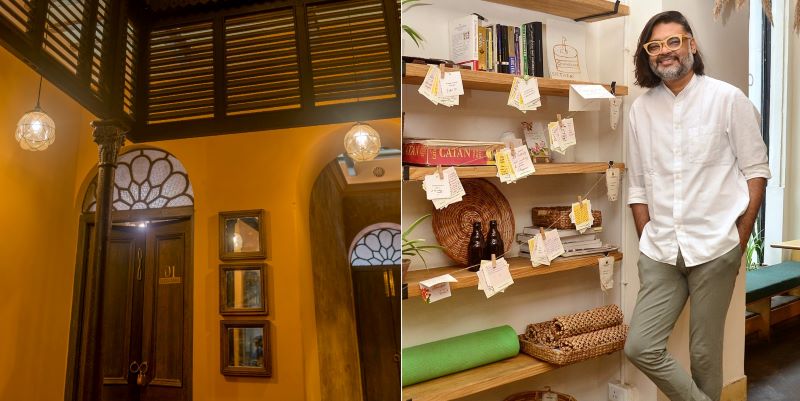 Interior of Calcutta Bungalow (L) and Swarup Dutta (R)
Interior of Calcutta Bungalow (L) and Swarup Dutta (R)
Q. Why do you refer to yourself as an accidental photographer on Instagram bio?
A. When I was studying at NIFT, I was very interested in communication design like identities, photography etc.. When I returned to Calcutta after completing my Masters, my juniors including Sabyasachi (Sabyasachi Mukherjee, celebrity fashion designer) were looking for different kinds of visual voices. They all started calling me knowing I was interested in photography.
Since the fashion fraternity in Calcutta was very limited at that time, I just quickly came into circulation between Sabyasachi, Shantanu Goenka, Anamika Khanna, Kiran Uttam Ghosh. I was doing their communication design and photography because somehow they liked what we were doing. So fashion photography happened to me completely in an accidental way.
(Images of Swarup Dutta: Avishek Mitra/IBNS)
Support Our Journalism
We cannot do without you.. your contribution supports unbiased journalism
IBNS is not driven by any ism- not wokeism, not racism, not skewed secularism, not hyper right-wing or left liberal ideals, nor by any hardline religious beliefs or hyper nationalism. We want to serve you good old objective news, as they are. We do not judge or preach. We let people decide for themselves. We only try to present factual and well-sourced news.







